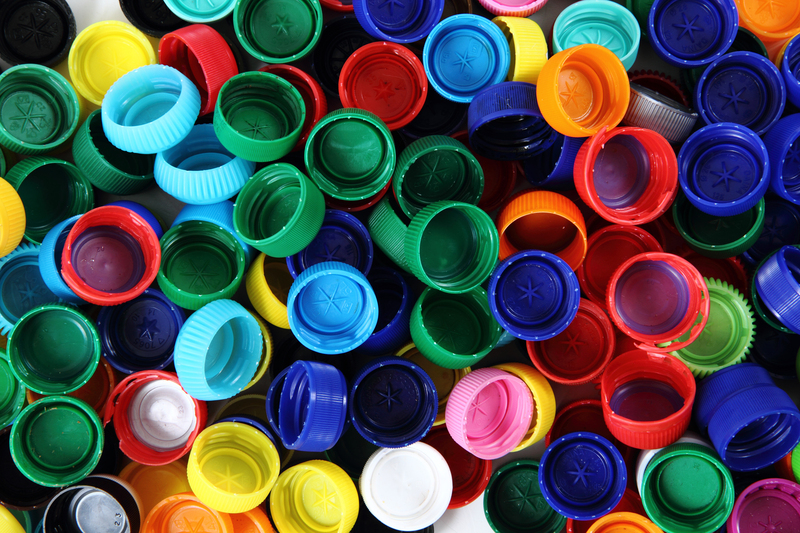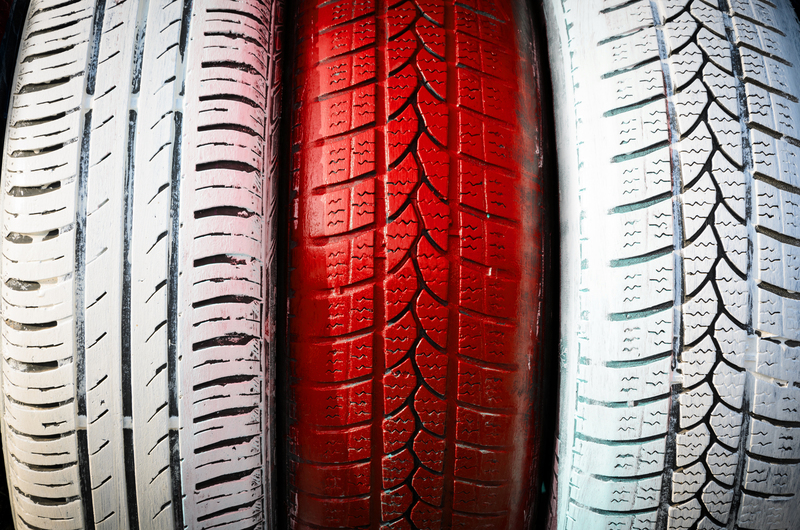Reusing and Repurposing Pots and Pans Before Saying Goodbye
Are your old pots and pans taking up valuable kitchen space but too worn or scratched for safe cooking? Reusing and repurposing cookware not only benefits the environment by minimizing waste, but it also adds charm and function to your home. Instead of tossing your tired cookware, consider these creative, practical, and eco-friendly ways to give your kitchen essentials a second life.

Why Repurpose Old Pots and Pans?
Each year, millions of pots and pans end up in landfills. Aluminum, stainless steel, and copper cookware take hundreds of years to decompose, contributing to environmental pollution. Thankfully, there are compelling reasons to keep old kitchenware out of the trash:
- Environmental Impact: Repurposing reduces landfill waste and conserves natural resources by extending the lifespan of the materials.
- Cost-saving: Transforming old cookware into new items saves money on home accents and gardening supplies.
- Nostalgia and Creativity: Repurposed cookware makes for delightful, meaningful home decor, preserving memories of family meals and celebrations.
- Educational Opportunities: Kids and adults can learn about sustainability, recycling, and creativity through fun upcycling projects.
How to Decide When to Reuse, Repurpose, or Recycle Cookware
Before you embark on a pots and pans upcycling journey, make sure your items are truly beyond safe kitchen use. Here are signs it's time to repurpose or recycle your cookware:
- Non-stick surfaces show deep scratches, peeling, or flaking.
- Handles are unstable, broken, or missing entirely.
- The base is warped, cracked, or excessively dented.
- Unusual odors, discoloration, or chipping enamel/paint.
*If the cookware is still usable for cooking, consider donating to local charities, soup kitchens, or shelters instead of repurposing immediately.* For those truly at the end of their cooking life, read on for innovative solutions!
Creative Ways to Reuse and Repurpose Pots and Pans
1. Transform Old Pans Into Garden Planters
One of the most popular ways to extend the life of an old saucepan or frying pan is to convert it into a charming plant pot or flower bed. These containers are ideal for herbs, succulents, or even trailing vines. Just follow these simple steps:
- Clean the pan thoroughly to remove any residue.
- Punch drainage holes in the bottom using a hammer and nail (if safe to do so).
- Add rocks, soil, and your chosen plants.
- Paint or decorate the exterior for added appeal.
Display your upcycled pot planters on patios, window sills, or in the garden for an eco-friendly touch.
2. Use Old Pots and Pans for Storage
Repurposed cookware can be incredibly handy as household organizers:
- Use a deep stockpot to corral utensils or rolling pins in your kitchen.
- A shallow frying pan makes a perfect tray for keys, coins, and other daily essentials in an entryway.
- Stack pans for accessible craft or office supply storage.
3. Hanging Pan Racks and Wall Art
Old, worn, or decorative pans can become statement pieces:
- Mount cast iron skillets or muffin tins as quirky, vintage-inspired wall art.
- Attach hooks to pan handles and use them for hanging kitchen towels, tools, or mugs.
- Create a unique, DIY pan rack by hanging multiple pans and lids from a sturdy branch or rod.
4. Turning Cookware into Candle Holders
A small pan, muffin tin, or even an elegant teapot can be converted into a statement candle holder for your living room or garden:
- Fill compartments with wax and wicks for a rustic, homemade feel.
- Group teacups or mini saucepans for a whimsical centerpiece.
5. Repurposed Cookware as Bird Feeders and Baths
Pots and pans are made from robust materials--making them ideal for outdoor use as wild bird accessories:
- Secure a pan to a tree branch using rope or strong wire. Fill with birdseed for a squirrel-resistant feeder.
- Use a deeper saucepan or Dutch oven as a small bird bath. Be sure to refresh the water regularly!
6. Make a Miniature Fairy Garden or Terrarium
Kids and adults alike will love transforming chipped enameled saucepans or old baking dishes into magical fairy gardens:
- Add small rocks, soil, moss, and miniatures.
- Complete the scene with miniature doors, fences, or fairy figurines.
7. Turn Lids and Metal Pans Into Clocks
If you're looking for a unique DIY wall clock, try this easy project:
- Drill a hole in the center of a pan lid or pizza tray.
- Attach a clock kit (available at craft stores) and paint or number as desired.
Other Innovative Uses for Retired Pots and Pans
Repurpose Cookware in the Garage or Workshop
- Store nails, screws, and bolts in small saucepans or skillets for tidy workspaces.
- Use a battered frying pan as a drip pan under machines, bikes, or plants.
Art and Musical Projects
- Paint, mosaic, or decoupage a pan for a decorative tray.
- Turn different sized pans into a makeshift drum set for kids or musicians.
Holiday and Event Decorations
- Line pans with festive fabric and use as candy or gift baskets.
- Spray paint and embellish old pans as rustic centerpieces for weddings or seasonal decor.
How to Prepare Old Cookware for Safe Repurposing
Before reusing pots and pans in your home or garden, ensure they're clean and safe:
- Thoroughly scrub all surfaces with hot, soapy water to eliminate food residues, grease, or stains.
- Remove any rust by scrubbing with steel wool or using a vinegar soak.
- Handle sharp edges with care; sand rough spots with a metal file or sandpaper.
- If repainting, only use non-toxic, food-safe paints/sealers if you plan to grow edible plants.
Tip: Many non-stick and Teflon surfaces aren't ideal for direct contact with food plants due to chemical residues, but they are usually fine for flowers, foliage, or non-edible uses.
Recycling Cookware Responsibly
When Repurposing Isn't Possible
If your pot or pan is broken beyond repair, heavily corroded, or made of hazardous materials, recycling is the most eco-friendly way to say goodbye.
- Consult your local recycling program to check if they accept metals like aluminum, stainless steel, or cast iron.
- Remove non-metal components (plastic, rubber, wooden handles) before recycling, as required.
- Drop off at a local scrap metal facility or recycling center.
*Some manufacturers offer take-back programs or discounts for returning old cookware--check with your brand of choice!*
Benefits of Repurposing Cookware for the Environment and Home
- Reduces landfill waste and the demand for new resources.
- Promotes sustainability and a circular economy in the kitchen and beyond.
- Encourages creativity and skills development through DIY and crafts.
- Adds personality and stories to your home and garden decor.
- Offers cost-effective solutions for plant pots, organizers, toys, and more.
Tips for a Successful Upcycling Project
- Start simple-- choose a project that matches your skill and the pan's condition.
- Use weather- and rust-resistant finishes for outdoor projects.
- Let your kids participate--they'll learn about environmental responsibility while having fun!
- Gift your creations to friends and family as sustainable, meaningful presents.

Frequently Asked Questions About Repurposing Pots and Pans
Can all types of cookware be reused or upcycled?
Almost any old pot, pan, or bakeware can find new life. Non-stick pans (especially those with flaking surfaces) are not suitable for cooking but are fine for planters, storage, or art projects. Avoid using heavily rusted or chemically deteriorated cookware for edible plants.
Is it safe to use old cookware for gardening?
Yes--just make sure it is clean and free of toxic residues before planting. Use non-toxic paint or sealant if you're decorating, especially if you intend to grow herbs or other edible plants.
What if my pans are too damaged to repurpose?
Recycling is the most sustainable option. Metal recycling centers welcome aluminum, cast iron, and steel cookware--even with minor damage--so long as you remove non-metal parts. Check with your local waste authority for guidelines.
How do I remove the handles from pots and pans before repurposing?
Most handles are secured with screws or rivets. Use a suitable screwdriver or drill for removal. For stubborn handles, soak in penetrating oil first, or consult a hardware specialist.
A Final Word: Saying Goodbye the Sustainable Way
Before consigning your old pots and pans to the trash, consider the many reusing and repurposing possibilities. With a little creativity, these kitchen workhorses can continue to serve in countless functional, beautiful, and eco-friendly ways throughout your home and garden.
Embracing the world of upcycling and reuse not only benefits the environment but also infuses your living space with unique charm and stories. Don't let worn-out cookware go to waste--give your pots and pans a new chapter before truly saying goodbye!